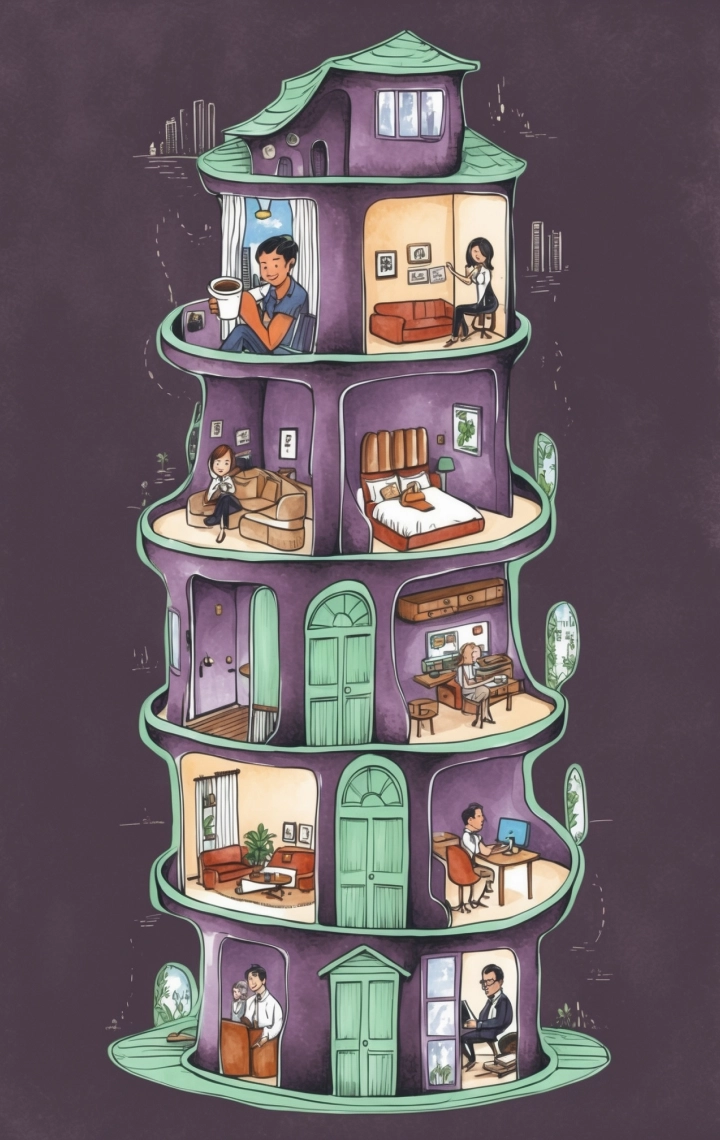Confused about security deposits for rent? Want to know how rent deposits work? Well, you came to the right spot—or, in this case, the right corner of the net. Whether you’re a tenant or a landlord, understanding the ins and outs of rent deposits is vital for a smooth experience. Let’s break down the essentials to help you avoid disputes and ensure a fair deal.
What is a Rent Deposit and Why Does it Matter?
A rent deposit, often referred to as a security deposit, is a sum of money paid by the tenant to the landlord before moving into a rental property. It acts as a financial safety net for landlords, covering potential damages, unpaid rent, or other liabilities during the lease term. For tenants, it’s a refundable investment—provided they meet the terms of the lease and maintain the property’s condition.
Why Is It Important?
A rent deposit protects both parties:
- For Landlords: It serves as a cushion to safeguard their property.
- For Tenants: It helps avoid legal issues if things go awry.
In Singapore, landlords must return the deposit within 14 days of the tenant vacating the property, as long as there are no damages or unpaid dues.
How Does Rent Deposit Work? A Step-by-Step Guide
1. Determining the Deposit Amount
In Singapore, it’s standard practice for landlords to request a deposit equal to one or two months’ rent, depending on the lease duration. For example, if the lease is two years, the deposit is typically two months’ rent.
The average rental deposit in Singapore is around $4,000 SGD, according to SingStat.
2. Including the Deposit in the Lease Agreement
Once agreed upon, the deposit amount and conditions should be outlined in the lease agreement. This includes:
- Deposit amount
- Conditions for return
- Circumstances for forfeiture
3. Handling the Deposit During Tenancy
While landlords aren’t legally required to keep the deposit in a separate account, it’s considered good practice. For tenants, it’s crucial to request information about their deposit at any time during the lease.
Tenant Rights Regarding Deposits
Tenants have the right to receive:
- An itemized list of deductions (if any)
- A receipt upon payment of the deposit
Returning or Withholding the Deposit
Conditions for Withholding the Deposit
A landlord may withhold part or all of the deposit due to:
- Unpaid rent
- Property damage beyond normal wear and tear
- Unpaid utility bills
According to the HDB, disputes over deposits are common, especially over what constitutes “normal wear and tear.”
Resolving Disputes Over Deposit Returns
In case of disputes, direct communication should be the first step. If unsuccessful, tenants can seek mediation through platforms like the Small Claims Tribunals.
House Rent Deposit Rules: What Landlords and Tenants Must Follow
Maximum Deposit Amounts
While Singapore doesn’t impose a specific cap, it’s standard to not exceed two months’ rent for a two-year lease.
Handling and Storing Deposits
Landlords should provide receipts and maintain clear documentation of the deposit throughout the tenancy to ensure transparency and avoid disputes.
Best Practices for Handling Rent Deposits
For Landlords: Clear Documentation and Communication
Provide clear documentation, including a receipt and detailed explanation of the deposit’s purpose. Good communication upfront reduces the likelihood of disputes.
For Tenants: Reviewing the Lease and Documenting the Property
Thoroughly review the lease agreement, focusing on the deposit terms. Documenting the property’s condition with photos and videos can protect tenants from unfair deductions.
The Importance of Clarity in Rent Deposits
Rent deposits are a critical aspect of any rental agreement, protecting both tenants and landlords. By understanding the rules, rights, and best practices, both parties can avoid common pitfalls and enjoy a hassle-free tenancy.














